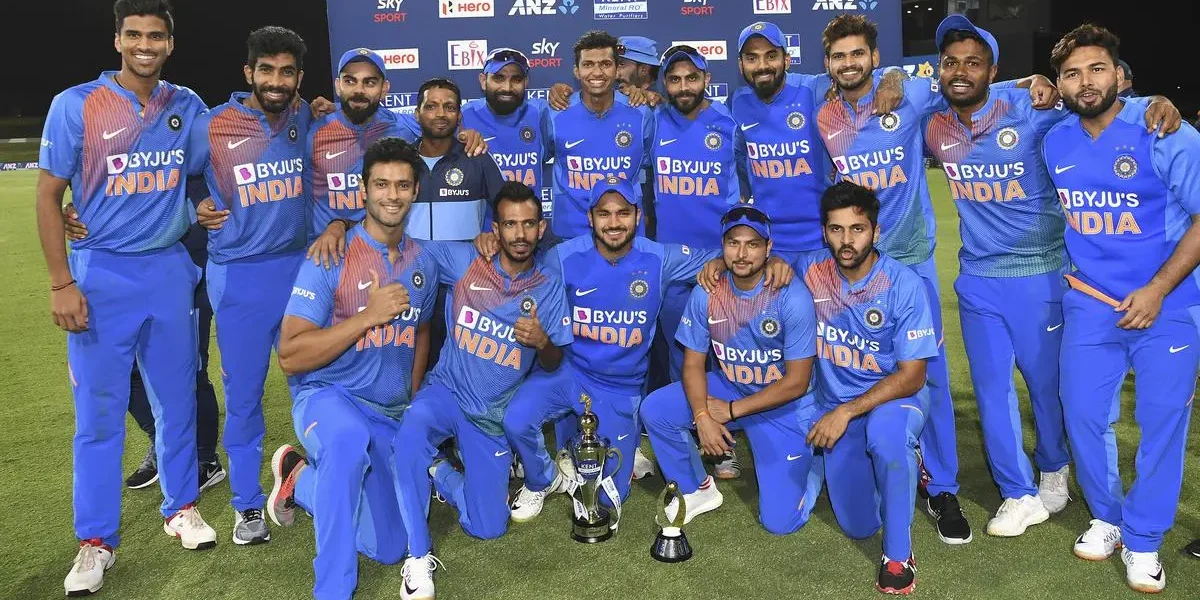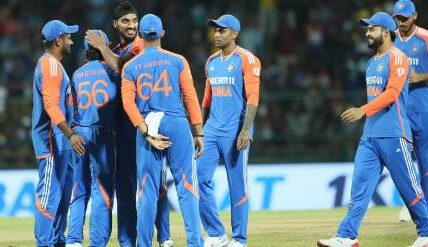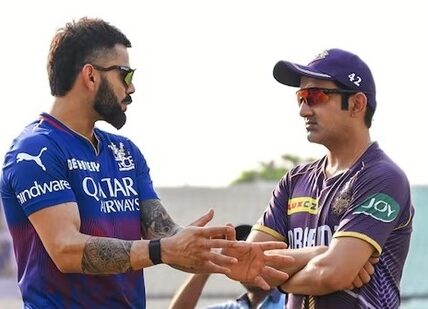Successful cricket teams employ a blend of tactics and strategies that go beyond individual skills.
- Captaincy and Leadership: The captain plays a crucial role in making strategic decisions, such as field placements and bowling changes.
- Field Placements: Deciding where to position fielders is critical to prevent runs and create wicket-taking opportunities.
- Batting Strategies: Involve pacing the innings, deciding when to attack or defend, and partnerships between batsmen.
- Bowling Strategies: Includes varying pace, length, and spin to outfox batsmen.
Cricket Culture and Traditions
Cricket is steeped in culture and tradition, contributing to its unique charm.
- Spirit of Cricket: Emphasizes sportsmanship and respect for opponents, officials, and the game’s traditions.
- Sledging: The practice of players verbally intimidating opponents, often viewed as a psychological tactic.
- Cricketing Superstitions: Many players and fans adhere to rituals believed to bring good luck.
Women in Cricket
Women’s cricket has seen significant growth and recognition in recent years.
- Growth of Women’s Cricket: With increased investment and media coverage, women’s cricket is gaining popularity worldwide.
- Prominent Female Cricketers: Players like Mithali Raj, Ellyse Perry, and Meg Lanning have become household names.
- Major Women’s Cricket Tournaments: Includes the ICC Women’s World Cup and Women’s T20 World Cup.
Impact of Technology on Cricket
Technology has revolutionized how cricket is played, watched, and analyzed.
- Use of DRS (Decision Review System): Allows teams to challenge umpire decisions, improving the accuracy of match outcomes.
- Role of Technology in Training and Performance Analysis: Tools like video analysis and wearable technology help players refine their skills.
- Broadcasting and Fan Engagement: High-definition broadcasting, real-time stats, and social media have enhanced the viewing experience and fan interaction.
Cricket and Its Global Impact
Cricket’s influence extends beyond the field, impacting society and culture globally.
- Influence on Society and Culture: Cricket fosters community spirit, national pride, and cultural exchange.
- Economic Impact: Major tournaments generate significant revenue and create jobs, boosting local economies.
- Cricket Diplomacy: The sport has been used as a diplomatic tool to improve relations between countries, such as India and Pakistan.
Future of Cricket
The future of cricket looks promising with ongoing innovations and expansion.
- Emerging Cricket Nations: Countries like Afghanistan and Ireland are making their mark on the international stage.
- Innovations in the Game: New formats, rules, and technologies continue to evolve the sport.
- Challenges and Opportunities: Balancing traditional formats with modern entertainment demands and ensuring the game’s global growth.
Conclusion
Cricket is more than just a sport; it’s a way of life for millions around the world. Its rich history, diverse formats, and cultural significance make it a unique and enduring pastime. As cricket continues to evolve, it retains its core essence of competition, strategy, and camaraderie, ensuring its place in the hearts of fans for generations to come.
FAQs
1. What are the basic rules of cricket? The basic rules of cricket involve two teams of 11 players each, aiming to score more runs than the opposition. The game is played on a pitch with a bat and ball. The batting team scores runs by hitting the ball and running between the wickets, while the bowling team tries to dismiss the batsmen and limit their runs.
2. How many formats of cricket are there? There are three main formats of cricket: Test cricket, One Day Internationals (ODIs), and Twenty20 (T20). Each format varies in duration and playing style, offering different challenges and entertainment value.
3. Who is considered the greatest cricketer of all time? Sir Don Bradman is often regarded as the greatest cricketer of all time due to his unparalleled batting average in Test cricket. Other legendary players include Sachin Tendulkar, Sir Garfield Sobers, and Sir Vivian Richards.
4. What is the role of the umpire in cricket? Umpires in cricket are responsible for making decisions on the field regarding the legality of deliveries, dismissals, and the conduct of the game. They ensure the rules are followed and maintain the flow of the match.
5. How has technology changed cricket? Technology has significantly impacted cricket through innovations like the Decision Review System (DRS), video analysis for training, and enhanced broadcasting techniques. These advancements have improved decision-making, player performance, and fan engagement.










